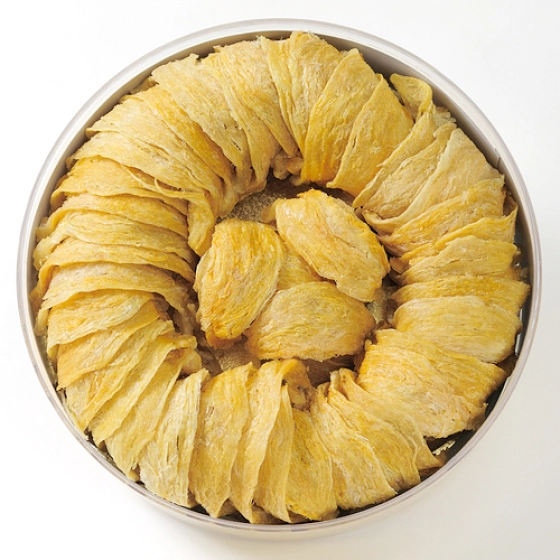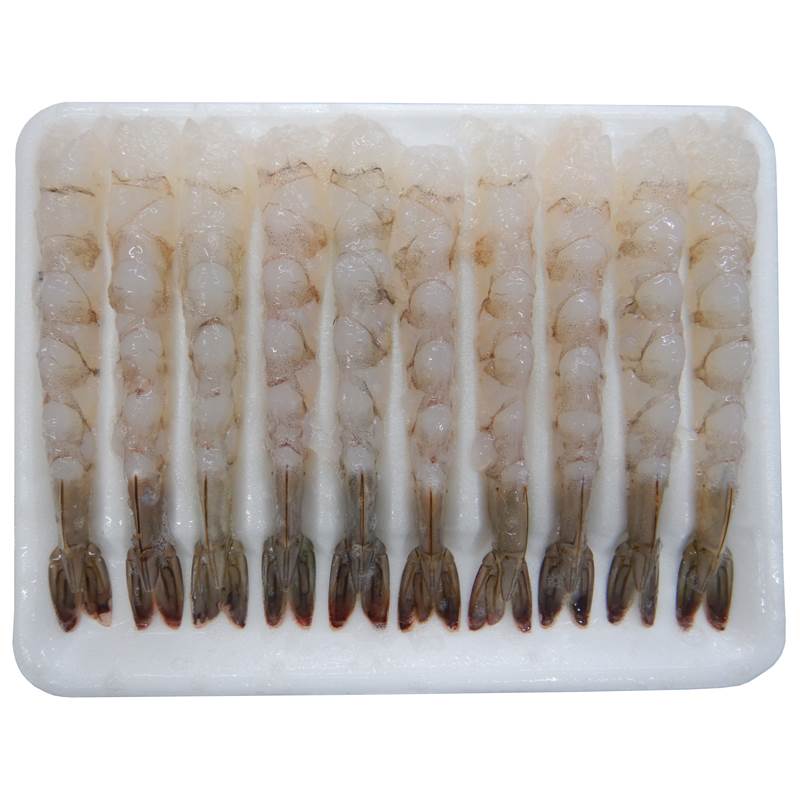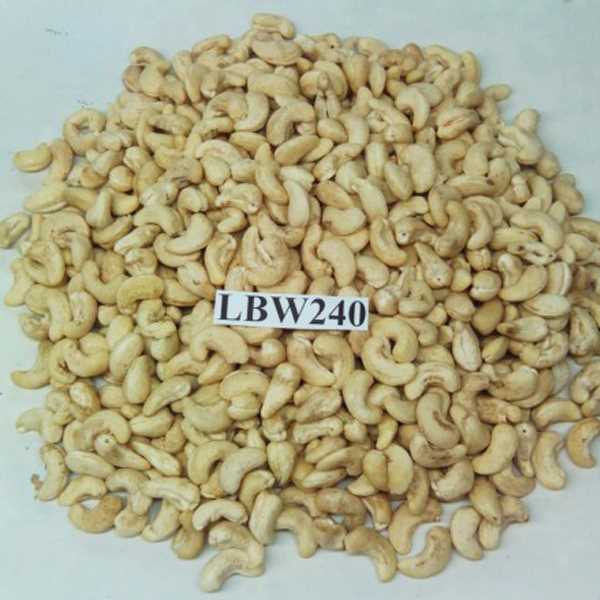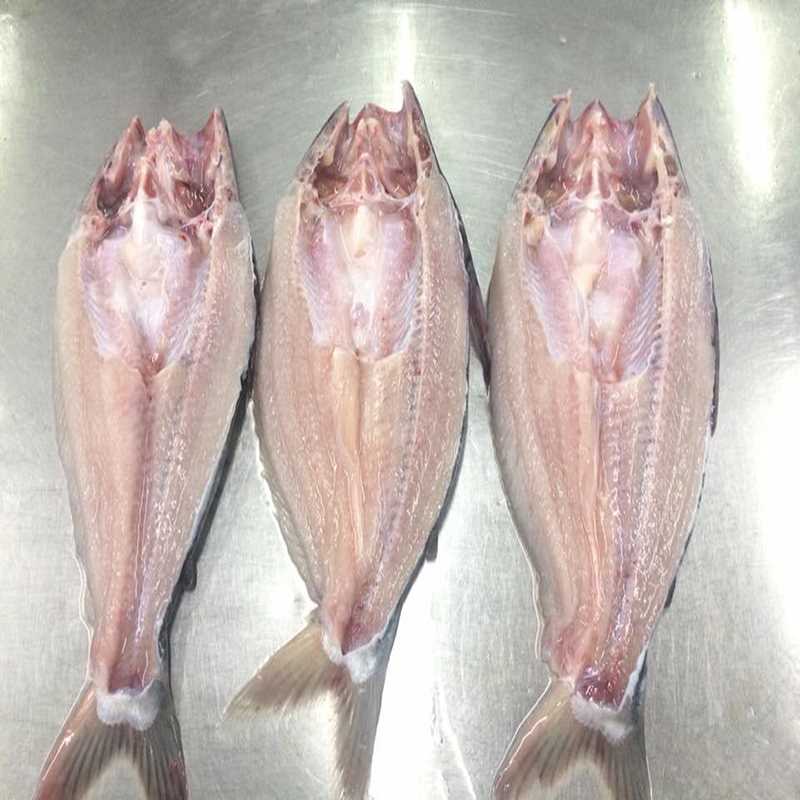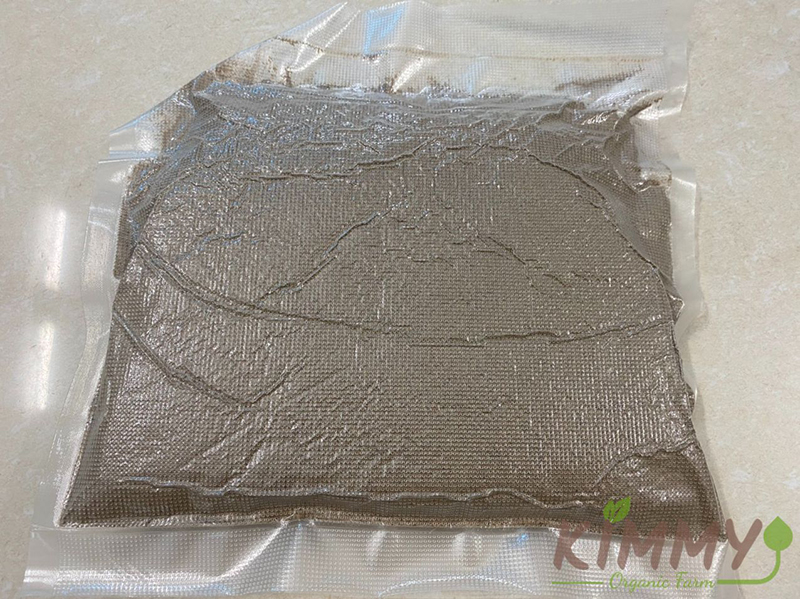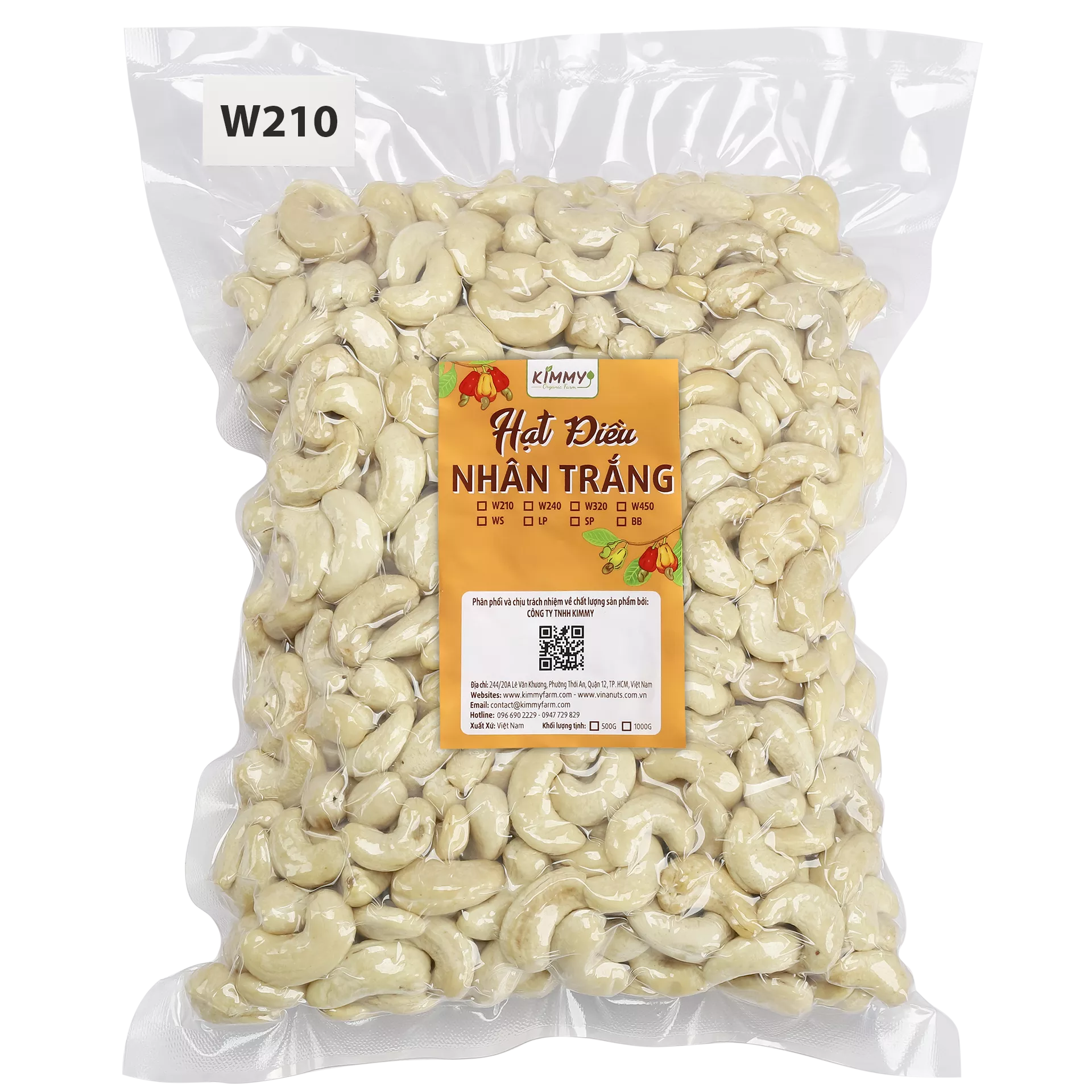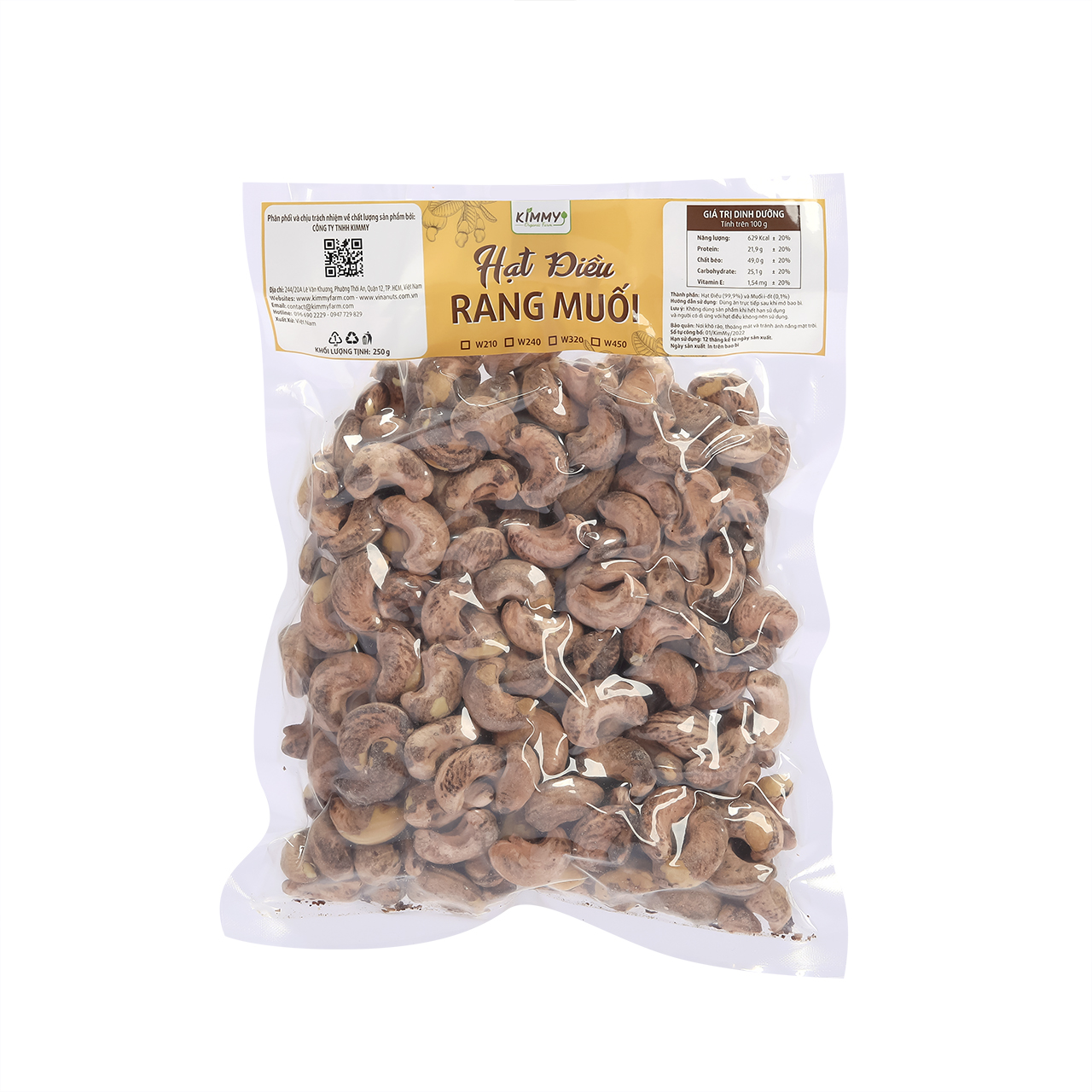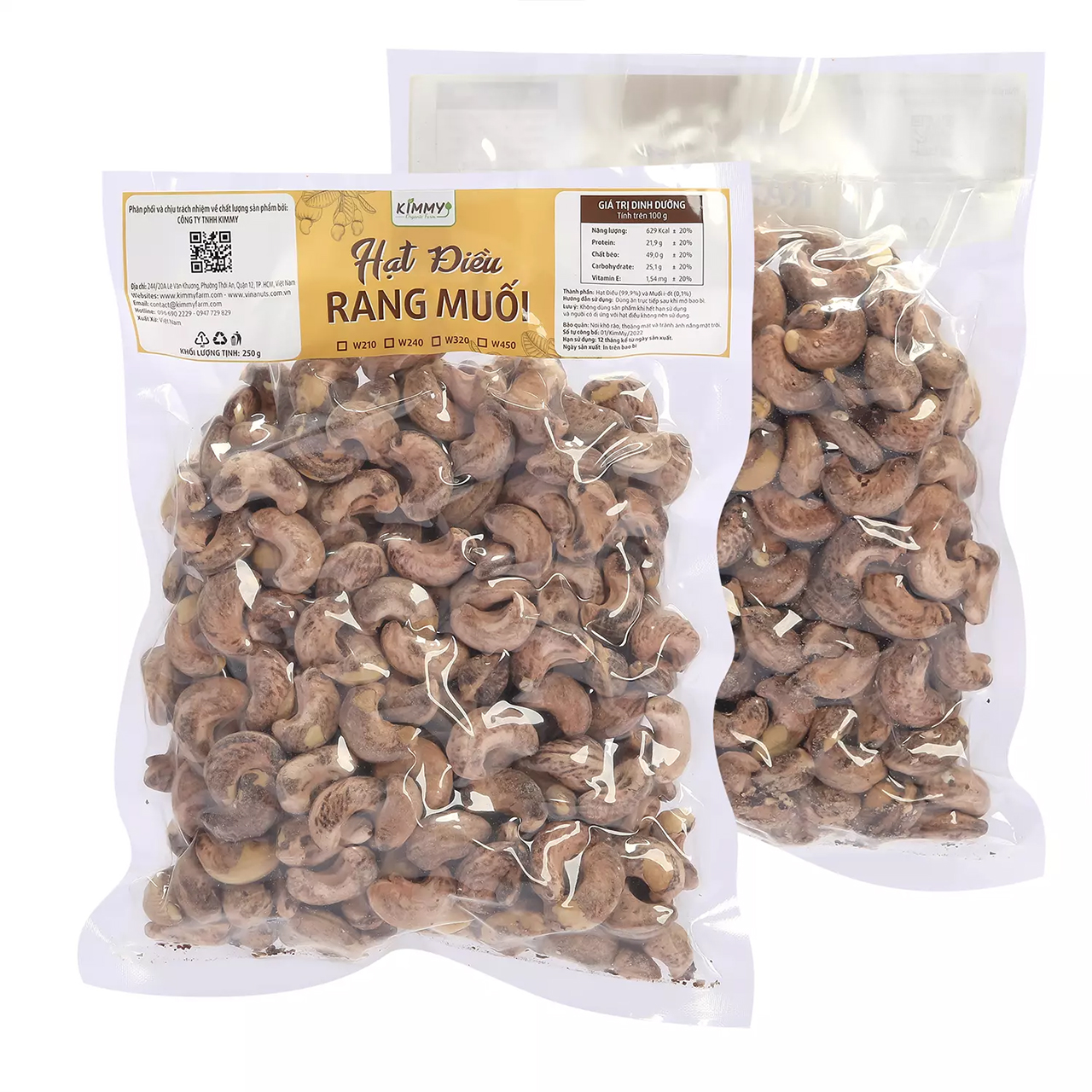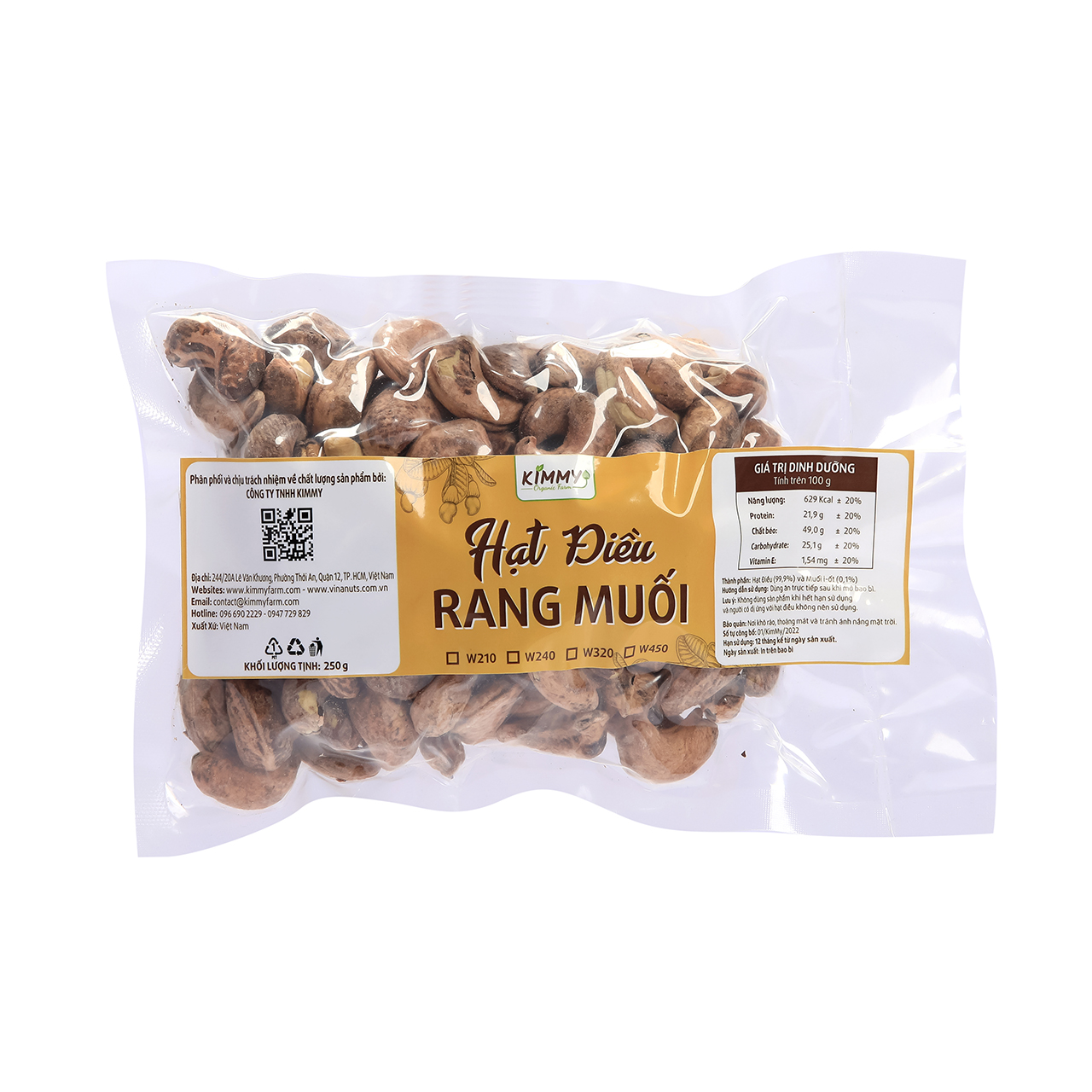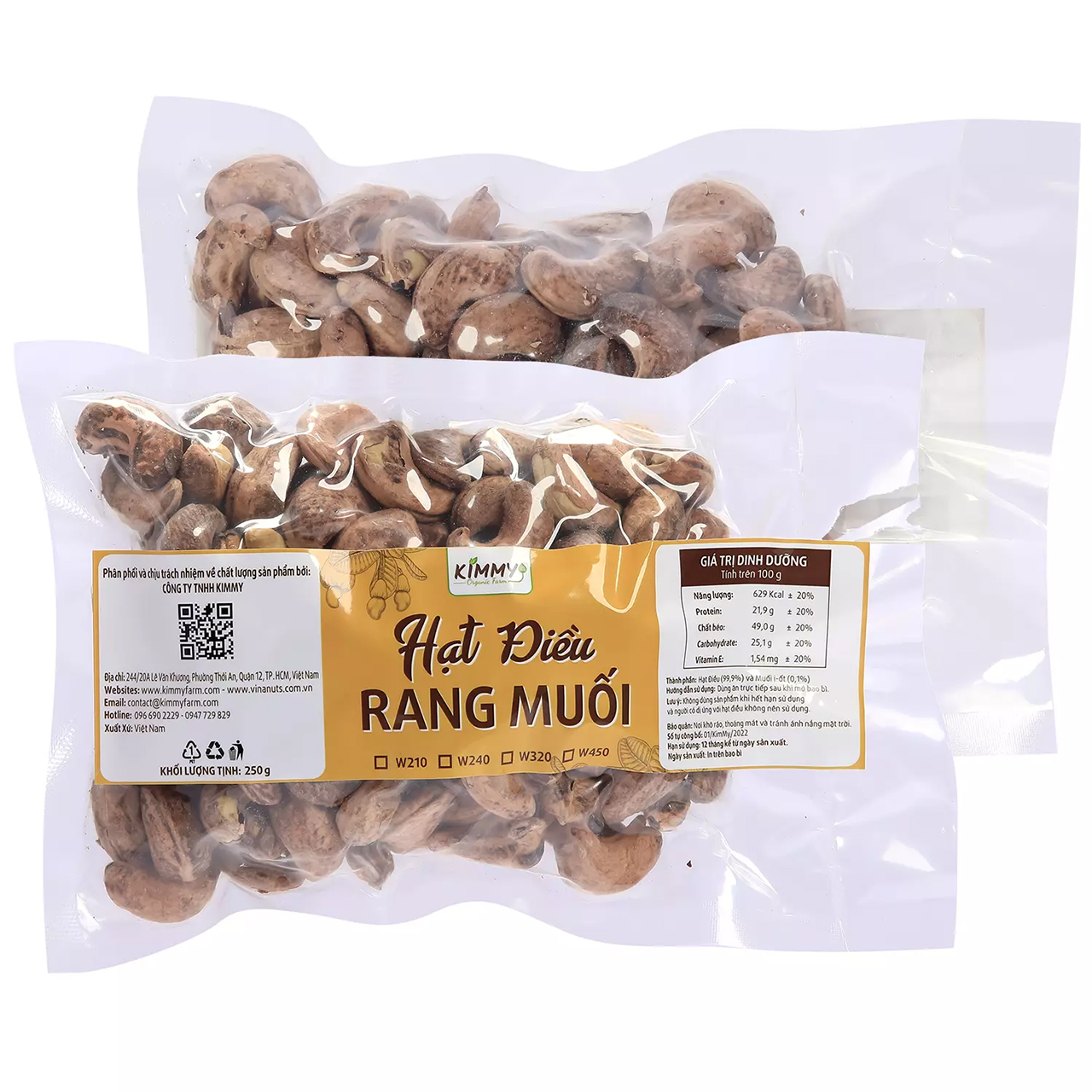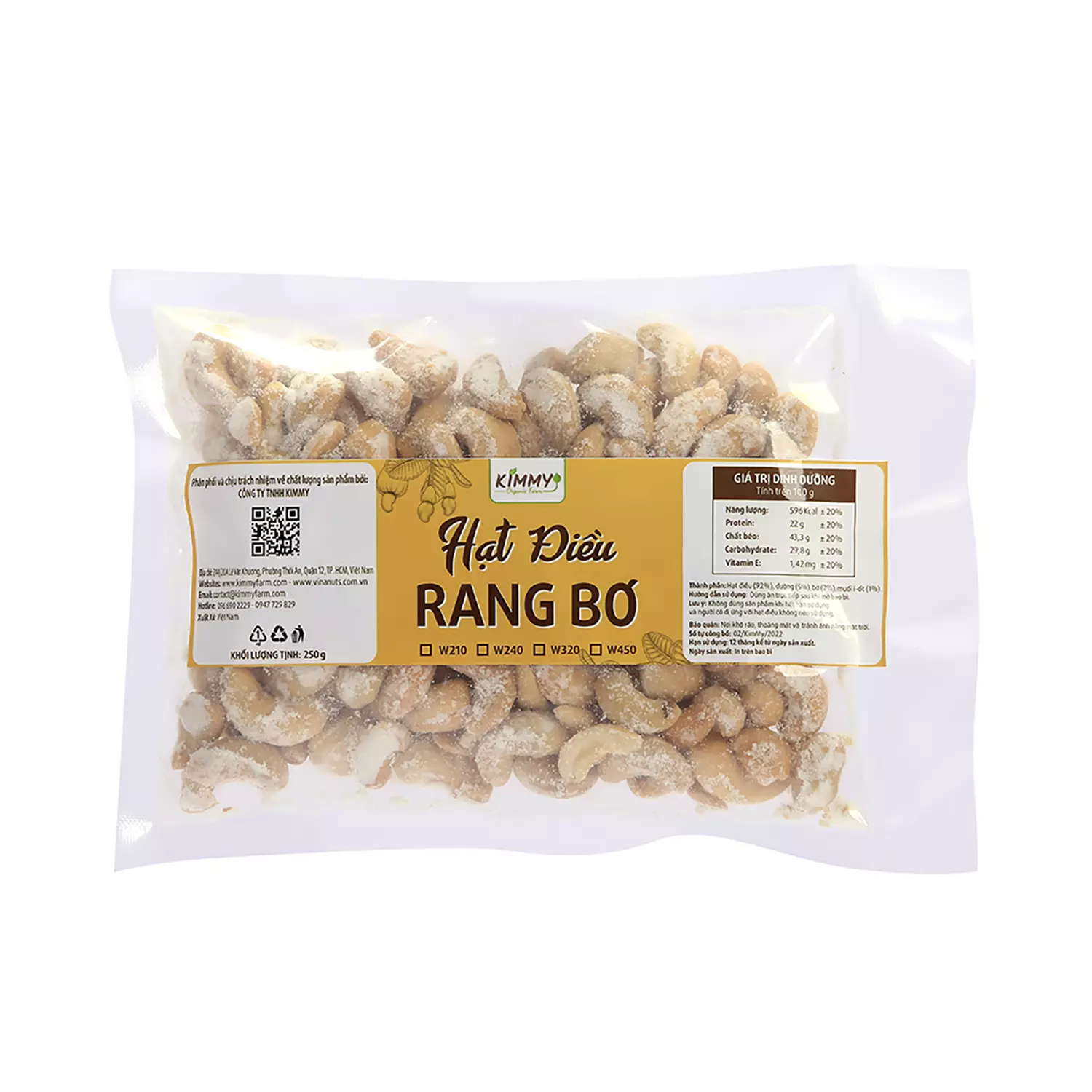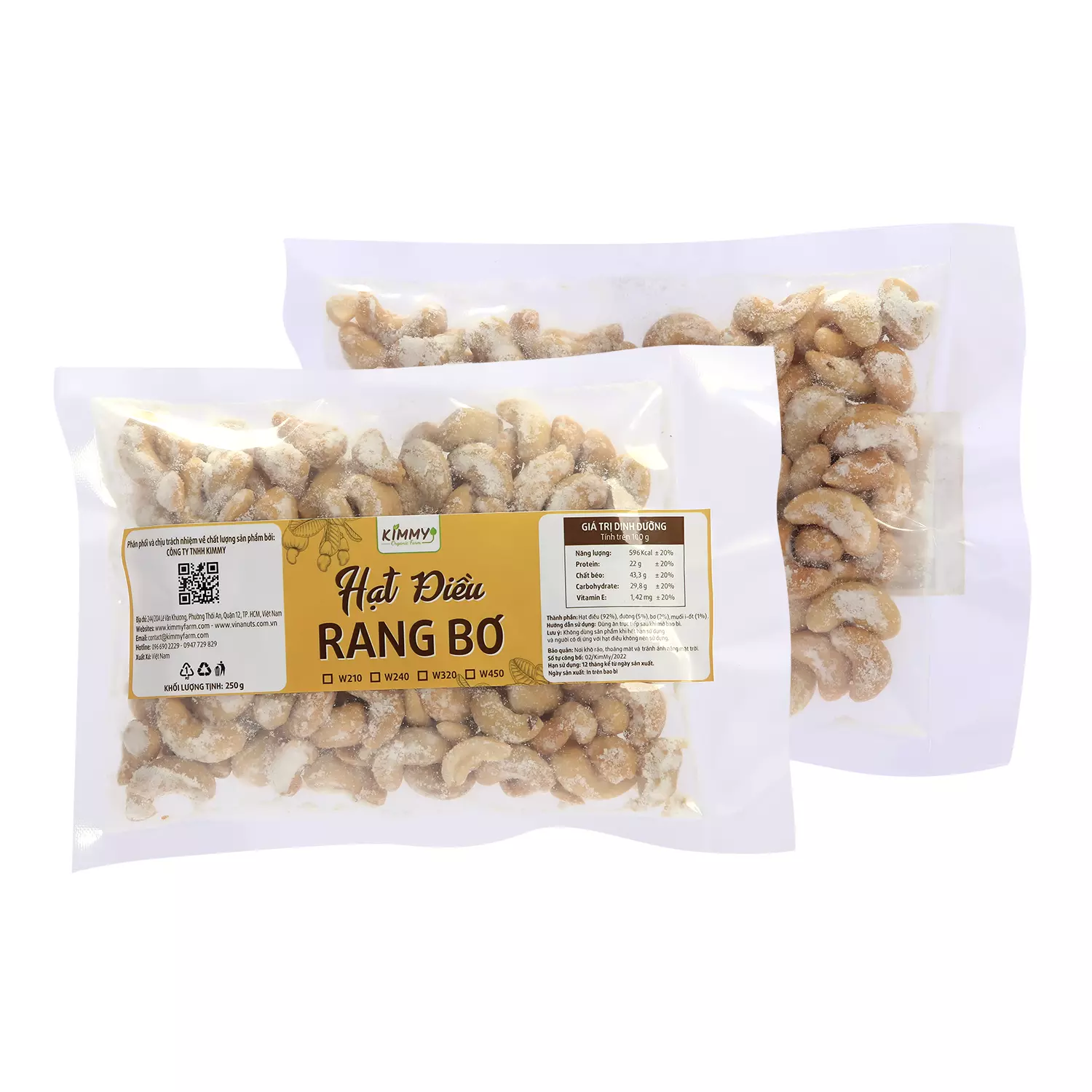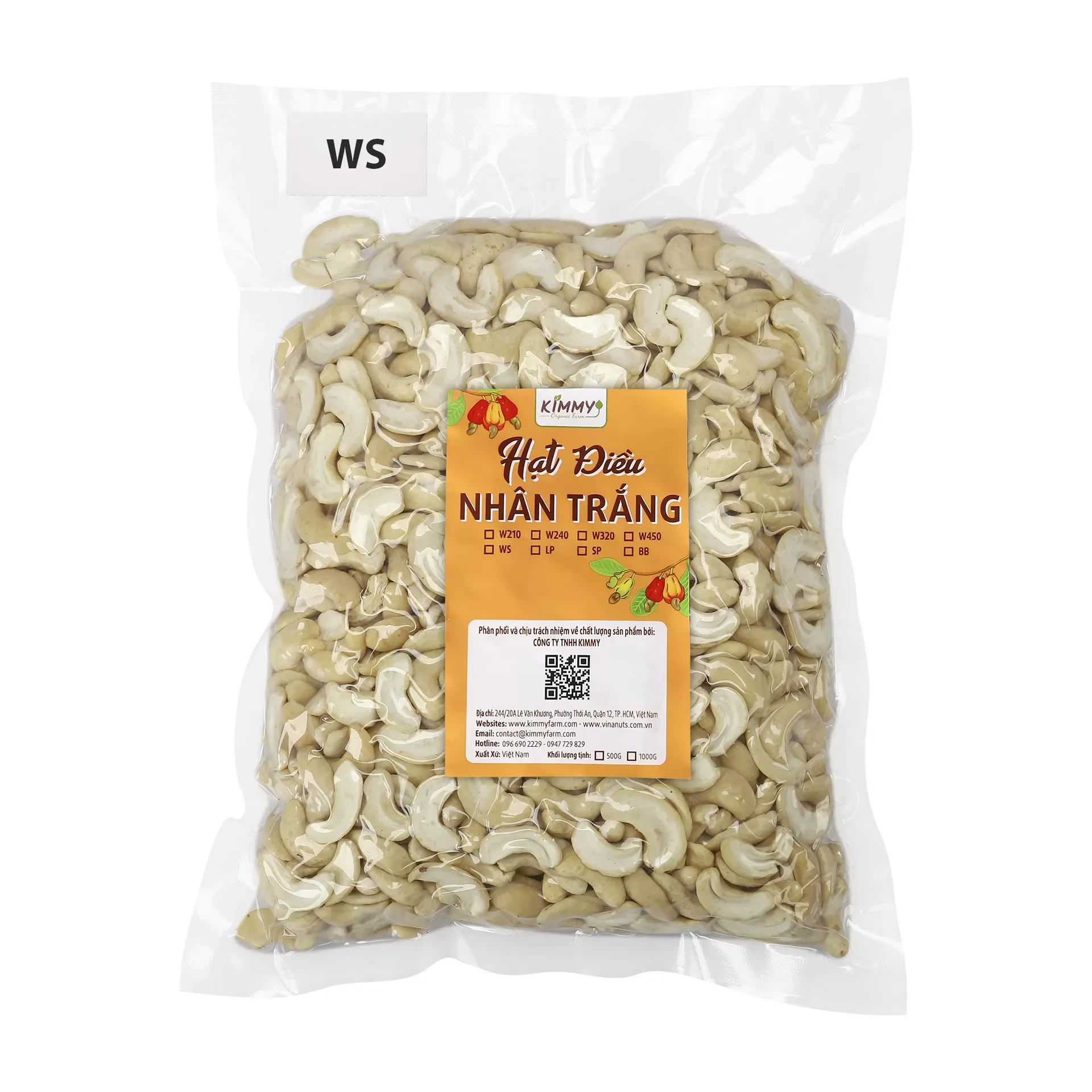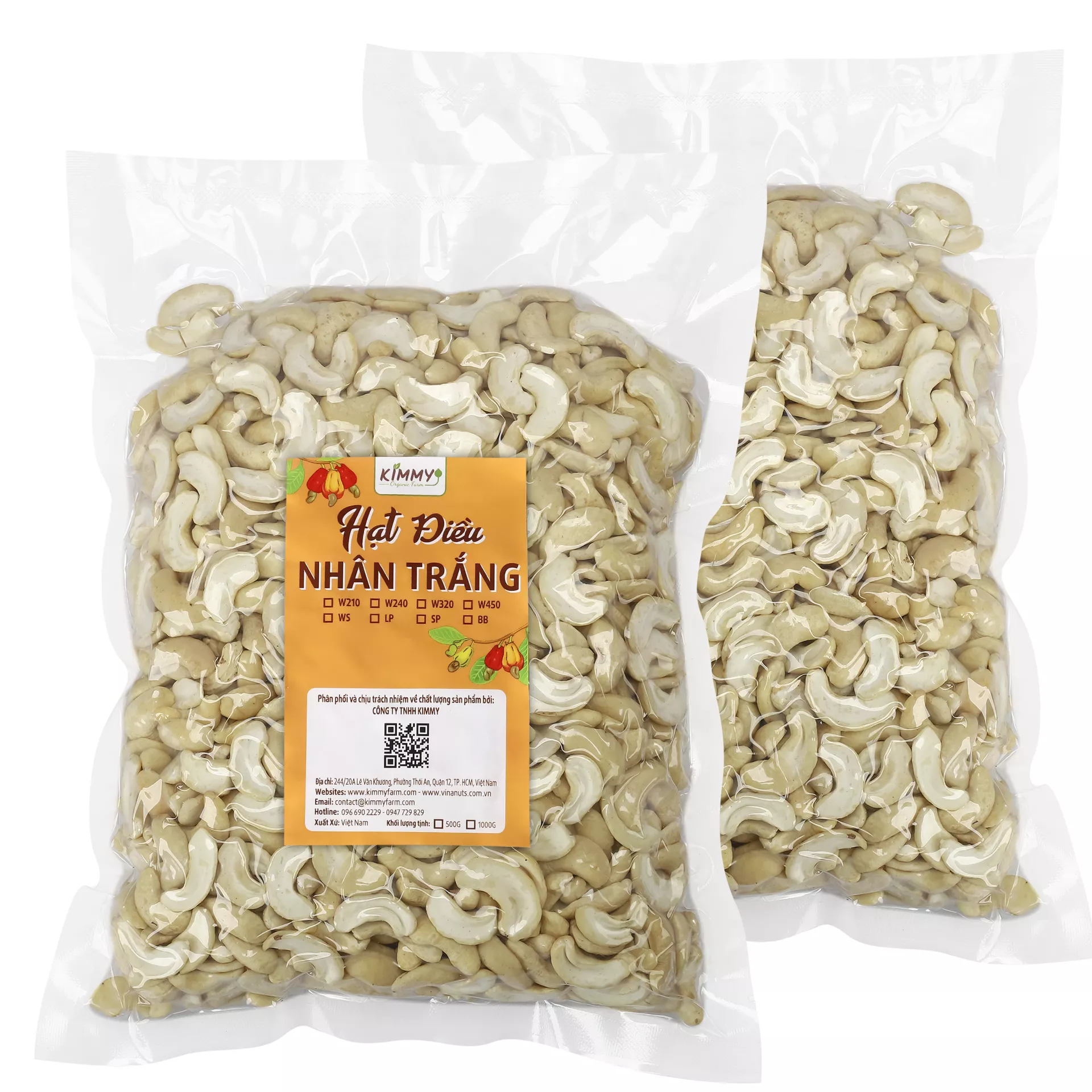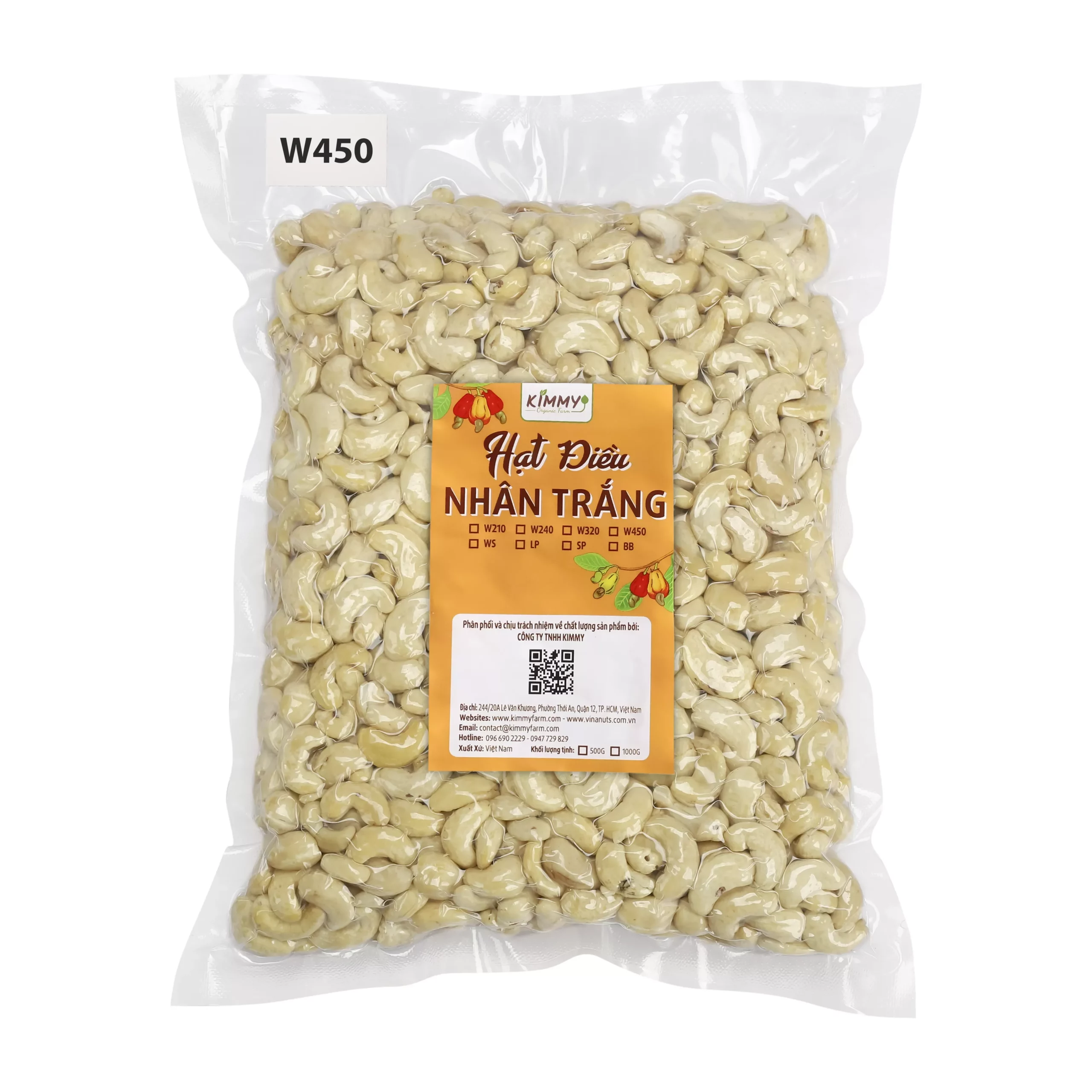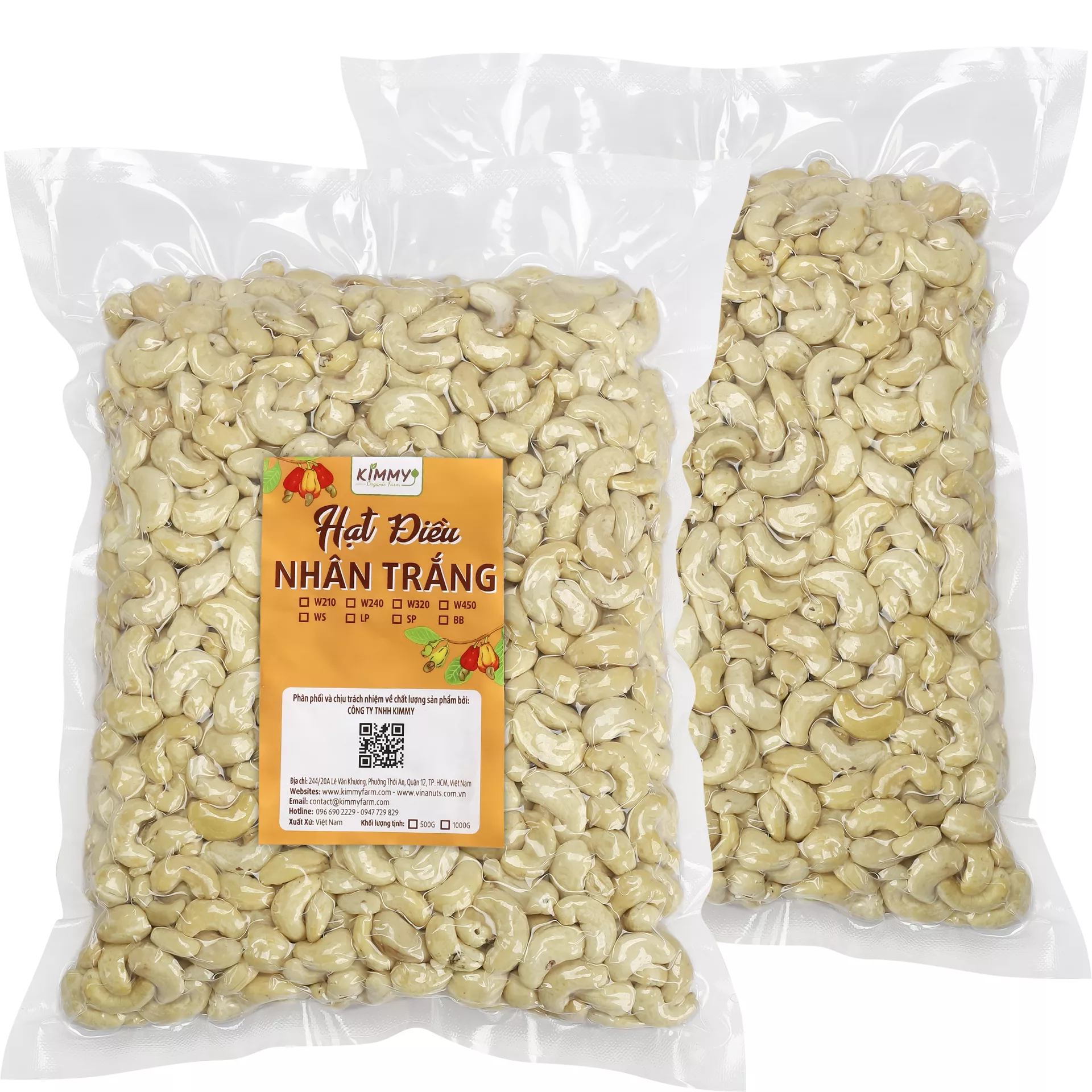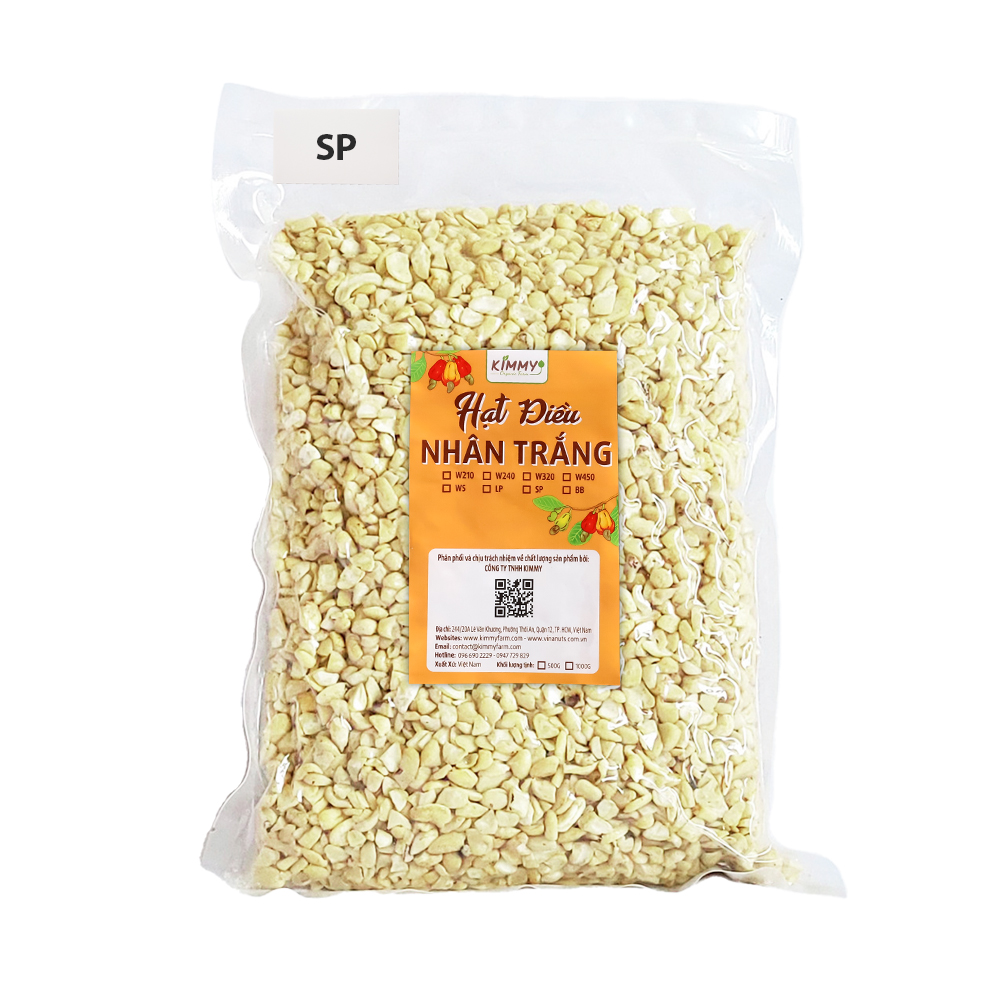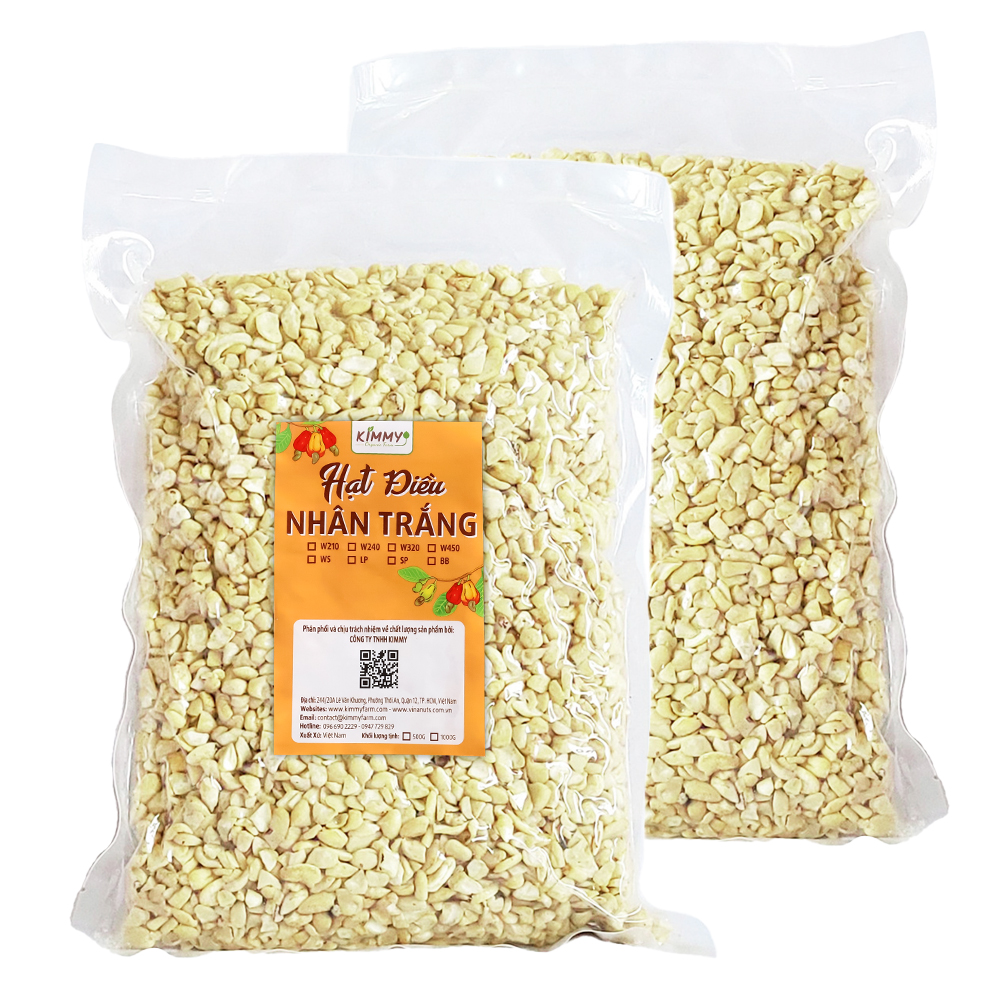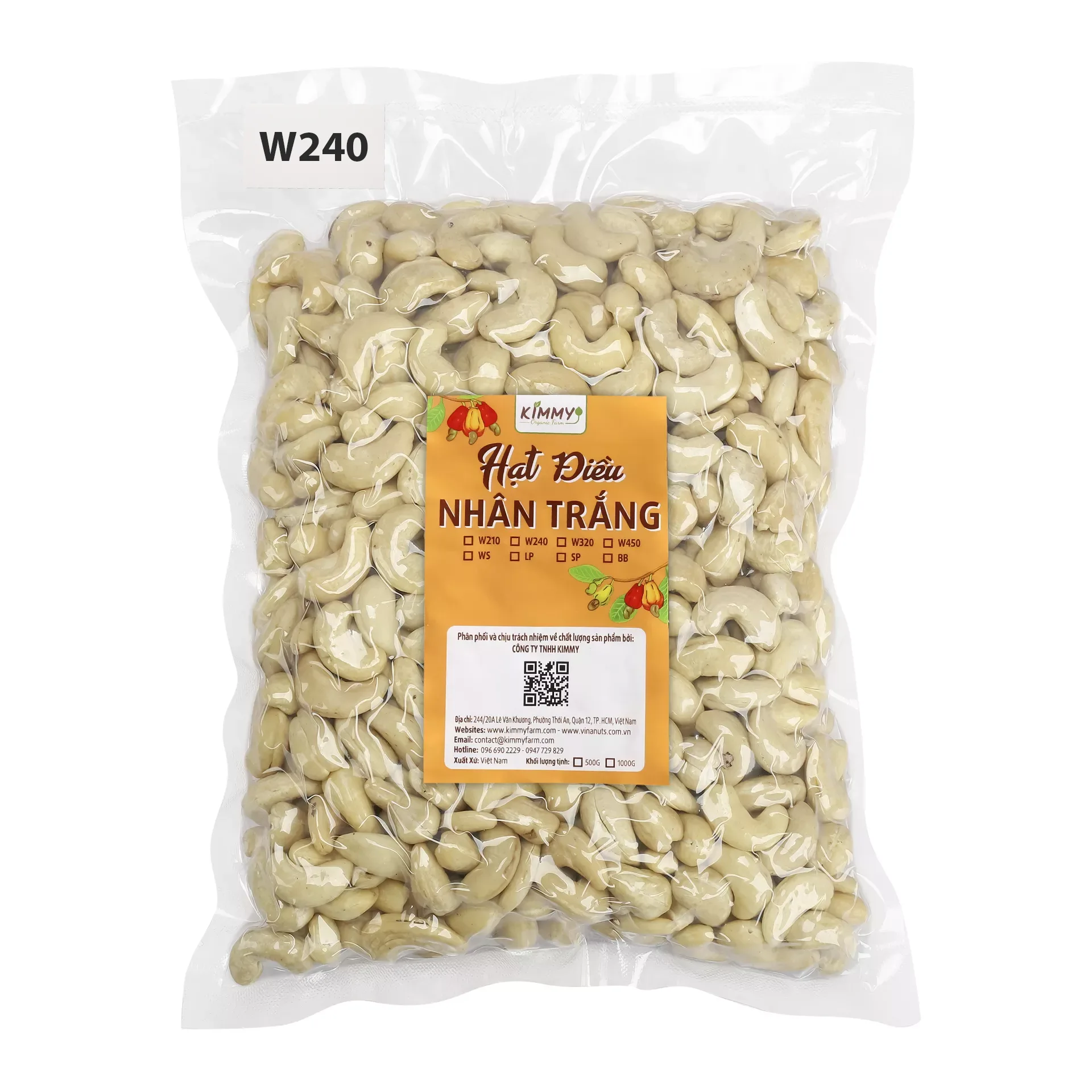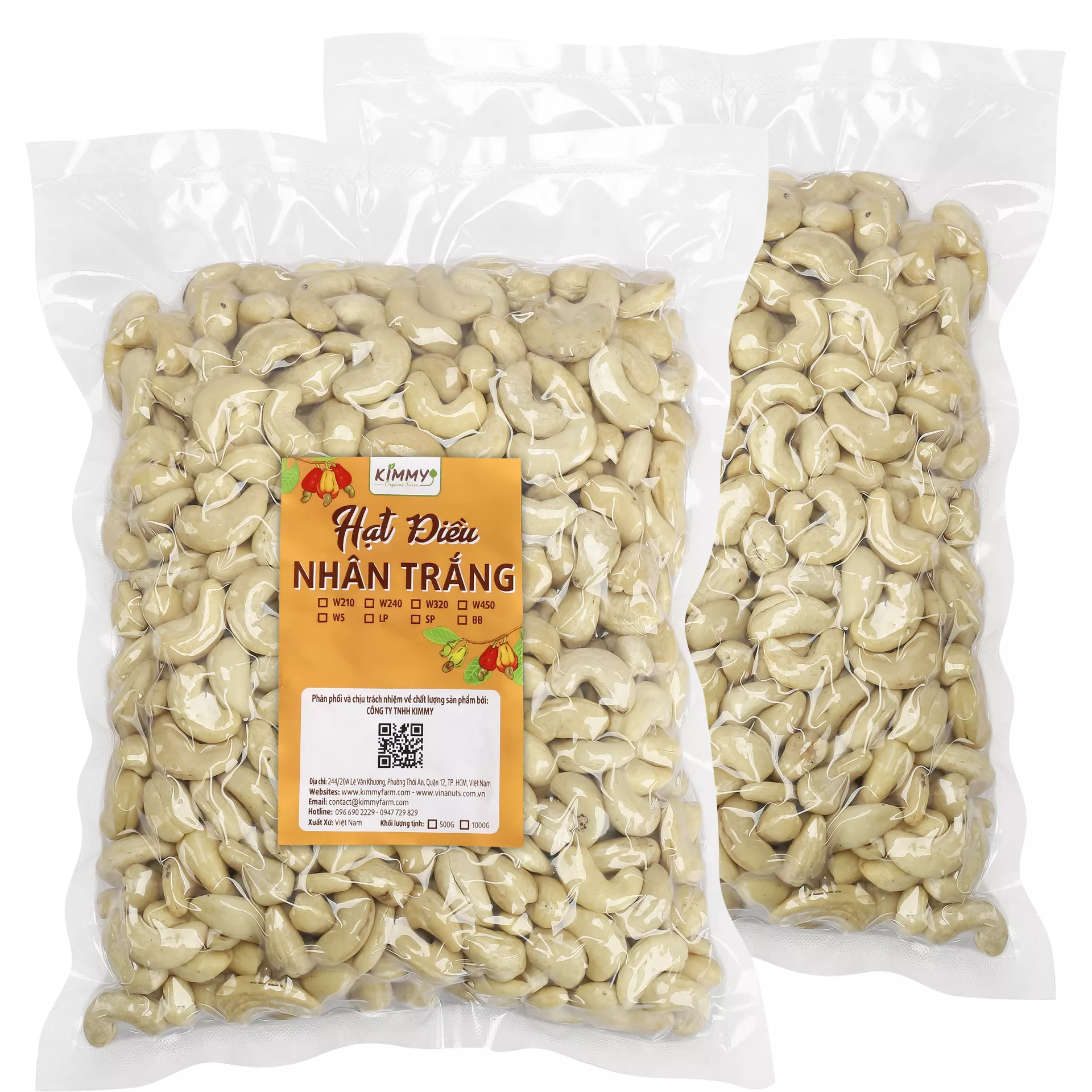You might be surprised to learn that edible swiftlet bird nests are packed with crucial nutrients that can significantly enhance your health. These unique nests contain high levels of proteins, amino acids, and minerals that support immune function, skin health, and joint maintenance.
Table Of Nutrients Content in Edible Swiftlet Bird Nests
Edible Bird’s Nest contains 18 different amino acids, many of which are necessary for human health but which the body is unable to manufacture naturally. Aspartic acid and proline promote cell regeneration, phenylalanine and cysteine enhance memory, and phenylalanine and cysteine accelerate the transmission of nerve impulses and sun-induced vitamin D consumption. Glucosamine helps restore cartilage in situations of osteoarthritis, while sialic acid and tyrosine speed up the healing process. Edible bird’s nests are rich in protein and the high-energy compound glycoproteins.
The edible bird’s nest also contains 31 different parts. It contains high concentrations of potassium (K), magnesium (Mg), calcium (Ca), and iron (Fe). Without these minerals, the body cannot function correctly. Proper nutrition absorption via the gut walls also requires chromium, an anti-aging agent, and selenium, an element that is uncommon but found in bird’s nest.

| Nutrient | Amount per 1 oz (28g) | Details & Health Benefits |
|---|---|---|
| Proteins | 12–17 grams | Rich in essential amino acids. Helps with tissue repair, muscle growth, and immune function. Supports overall body maintenance. |
| Glycoproteins | 4–5 grams | These bioactive compounds help in cell regeneration and skin health. They can also strengthen the immune system. Glycoproteins are involved in various biological processes like cell communication and defense mechanisms. |
| Amino Acids | 1.8–2.5 grams | Includes 18 amino acids, with notable essential ones: Threonine (0.4–0.5g): Essential for collagen formation, immune system support, and liver function. Valine (0.2–0.25g): Helps in muscle metabolism and tissue repair. Aspartic Acid (0.15–0.2g): Important for energy production and neurotransmitter function. |
| Sialic Acid | 220–350 mg | Known for anti-inflammatory, anti-viral properties. Sialic acid improves immune responses, supports brain function, and is involved in cell communication and protection of cells from toxins. |
| Carbohydrates | 6–8 grams | Provides an energy source. The carbohydrates are primarily in the form of complex sugars that contribute to the nest’s texture and structure. |
| Collagen | 1.2–1.8 grams | Promotes skin hydration, elasticity, and anti-aging effects. Collagen is important for joint health and can enhance overall skin appearance. |
| MINERALS | Vital for various physiological functions: | |
| Calcium | 80–110 mg | Essential for bone strength, teeth, and muscle function. Helps regulate heart rhythm and nerve functions. |
| Iron | 2–4 mg | Supports red blood cell production and oxygen transport in the body. Important for maintaining energy levels and preventing anemia. |
| Potassium | 100–130 mg | Helps maintain normal blood pressure and muscle contractions. It also supports nerve function and fluid balance. |
| Magnesium | 12–16 mg | Crucial for over 300 biochemical reactions in the body. Helps in muscle function, nerve signaling, and maintaining heart rhythm. |
| Zinc | 0.6–1.2 mg | Plays a vital role in immune function, wound healing, DNA synthesis, and cell division. Zinc is also beneficial for skin health. |
| Antioxidants | Trace amounts | Helps fight free radicals, reducing oxidative stress. Contributes to anti-aging and can help protect the body from chronic diseases. |
| Fat | <0.5 grams | Trace amounts of healthy fats. These contribute to overall health but are present in minimal quantities. |
(It is wise to consult a healthcare professional if you have any existing health conditions before adding new supplements to your diet.)
Protein Content and Quality
For those interested in improving their muscle growth and overall body maintenance, the protein content of edible swiftlet bird nests is impressive, comprising about 50-60% of their overall composition. This high proportion of protein supports tissue repair and contributes to important bodily functions. With rich sources of not only protein but also various amino acids, these nests provide an excellent nutritional advantage. Moreover, the quality of protein found in edible bird nests is noteworthy. It includes a variety of important amino acids that play a significant role in various biological processes. By incorporating them into your diet, you can promote better health and improve your physical performance.
- Content: 50-60% of the bird nest composition.
- Benefits: Muscle Growth and Repair: The high protein content helps repair and grow muscles, making bird nests ideal for those recovering from injuries or engaging in physical activities. Immune Function: Proteins play a key role in the production of antibodies and other immune molecules, which help fight infections. Enzyme Production: Proteins in bird nests aid in enzyme synthesis, supporting various biochemical reactions in the body, including digestion and metabolism.

Essential Amino Acids
Before stepping into the specific amino acids found in edible swiftlet bird nests, it’s important to understand why these components are so beneficial. Among the 18 types present, each amino acid contributes uniquely to your health, aiding in functions ranging from protein synthesis to tissue repair. Notable amino acids like threonine and valine are especially beneficial for muscle metabolism and collagen formation. Hence, the presence of these important amino acids ensures that you receive vital nutrients that your body cannot produce on its own. Incorporating edible bird nests into your diet means you are giving your body a boost of these important components, supporting your overall health and well-being.
- Content: Includes 18 types of amino acids.
- Notable Amino Acids: Threonine: Supports collagen formation, immune function, and liver health. Valine: Aids in muscle metabolism, tissue repair, and nitrogen balance. Aspartic Acid: Involved in energy production and neurotransmitter function.
- Benefits: Threonine: Essential for the production of collagen and elastin, two proteins critical for maintaining the skin’s firmness and elasticity. It also plays a role in immune function and gut health. Valine: Supports muscle metabolism, tissue repair, and nitrogen balance. It’s particularly important for athletes, as it helps repair muscles after strenuous activities. Aspartic Acid: Involved in energy production and helps in the regulation of hormones. It plays a role in the central nervous system, making it vital for cognitive function and overall brain health. Serine: Supports brain function by synthesizing neurotransmitters and maintaining healthy nerve cell membranes.

Presence of Sialic Acid
Bird nests also contain an important component known as sialic acid, which accounts for around 9% of their composition. This substance plays a role in enhancing your immune system, promoting cell growth, and supporting cognitive functions. Additionally, sialic acid has demonstrated anti-inflammatory and antiviral properties, making it a valuable addition to your diet.
- Content: 9% (around 200-350 mg per 1 oz).
- Benefits: Plays a crucial role in enhancing the immune system, promoting cell growth, and supporting cognitive function. Sialic acid also has anti-inflammatory and antiviral properties.

Collagen
Below the surface, edible swiftlet bird nests yield trace amounts of collagen, approximately 1-2 grams per ounce. This protein is fundamental in enhancing skin elasticity, hydration, and anti-aging effects, providing much-needed support for joint health and skin appearance. As collagen is known for its role in maintaining skin structure, incorporating bird nests into your diet can contribute to a healthier complexion.
- Content: Trace amounts, ~1-2 grams.
- Benefits: Improves skin elasticity, hydration, and anti-aging effects. Collagen is also beneficial for joint health and enhancing overall skin appearance.

Minerals
Against the backdrop of important nutrients, the mineral content in edible swiftlet bird nests cannot be overlooked. They provide important minerals, including calcium, iron, potassium, and magnesium. Each of these minerals plays a significant role in maintaining your body’s functions, from bone health to muscle function and nerve signaling. Benefits of incorporating these minerals are substantial. For instance, calcium supports strong bones and teeth, while iron is important for oxygen transport in the blood. Ensuring that your diet includes such vital minerals can lead to better overall health and wellness.
- Calcium: 80-100 mg per ounce; essential for maintaining strong bones and teeth, muscle function, and nerve signaling.
- Iron: 2-4 mg per ounce; crucial for oxygen transport in the blood and preventing anemia.
- Potassium: 100-120 mg per ounce; supports muscle contractions, nerve function, and fluid balance.
- Magnesium: 10-15 mg per ounce; vital for muscle function, energy production, and nervous system regulation.
- Zinc: 0.5-1 mg per ounce; important for immune health, wound healing, and DNA synthesis.

Glycoproteins
Glycoproteins, a chief nutrient in edible swiftlet bird nests, play a crucial role in their health benefits. These compounds embody the intersection between nutrition and biological function, serving as carriers for essential nutrients while also exerting immunomodulatory effects on the body. Much like the delicate balance maintained by an ecosystem, glycoproteins stabilize and support multiple systems within our bodies.
Glycoproteins found in swiftlet nests are primarily composed of mucins, which are known for their ability to enhance immunity and promote gut health. This role can be likened to that of a dedicated caretaker providing refuge and nurturing for young plants, ensuring they grow stronger amidst diverse environmental stresses.
Notably, glycoproteins can also enhance wound healing and recovery processes, marking these nests as an asset for those seeking not just culinary treats but genuine health benefits. The effects of these compounds might even extend to reducing inflammation and aiding various biological processes, much like how a gentle rain benefits parched earth, rejuvenating the land and fostering resilience.
- Content: 4-5 grams per ounce.
- Benefits: These bioactive compounds are known for promoting cell growth and strengthening the immune system. They also support skin health and repair, contributing to the bird nest’s reputation for beauty and wellness benefits.

Carbohydrates
While carbohydrates often take center stage in discussions surrounding energy sources, the carbohydrate content in edible swiftlet bird nests serves a different purpose. With approximately 20-30 grams per 100 grams, these carbohydrates largely come in the form of polysaccharides, adding a broader nutritional profile to these unique nests.
Compared to other carbohydrate sources, the sugars and polysaccharides in swiftlet nests can be considered more ‘gentle’ or ‘slow-releasing.’ They provide a sustained source of energy, akin to the steady trickle of a stream nourishing the landscape rather than rushing forth in a torrent, which tends to lead to energy spikes and crashes. This slow release is particularly beneficial for those looking to maintain even energy levels throughout the day.
Moreover, carbohydrates serve as a prebiotic component in the body, fostering the growth of beneficial gut bacteria, an aspect increasingly valued in modern nutrition science. These bacteria are like the friendly inhabitants of a community garden, enriching the soil and supporting the overall health of the ecosystem.
- Content: 6-8 grams per ounce.
- Benefits: Serves as an energy source, though the carbohydrate content is generally low in comparison to other nutrients.

Basically, even if the carbohydrate content of edible fastlet nests may not be the most discussed aspect, it is rather important in providing balanced energy and maintaining digestive health, so it is a careful addition to this intricate nutritional mosaic.
Antioxidants
Nutritionists hold antioxidants in high esteem for their ability to stave off oxidative stress, a condition associated with a host of debilitating illnesses. The nests of swiftlet birds, which may be eaten, are a good source of antioxidants, which help the body deal with free radicals.
Antioxidants such as glycoproteins and sialic acid, among others, may be discovered inside these nests. Supplementing our food with these antioxidants is like putting a protective barrier on a priceless relic; it helps our bodies fight against oxidative damage. The anti-aging advantages of eating edible bird’s nests may be amplified by their possible antioxidant qualities, which may also contribute to skin health.
A breakdown of the antioxidants typically found in edible bird’s nests includes:
|
Antioxidant Component |
Potential Benefit |
|
Glycoproteins |
Immunomodulatory and antioxidant |
|
Sialic acid |
Cognitive enhancement |
|
Bioactive compounds |
Reduction of oxidative stress |
Edible swiftlet bird nests are more enticing to health enthusiasts who seek holistic methods to well-being because of the presence of antioxidants. Every cup of bird’s nest soup is more than just a tasty treat; it’s a nutrient-rich culinary experience that truly satisfies the promise of being soul-nourishing.

Fat
The amount of fat that can be found in edible swiftlet bird nests is extremely low, coming in at roughly 0.2 to 2 grams per 100 grams. This makes them an exceptional choice for your diet. Because of this, they are a great addition to many diet plans, particularly those who are watching their fat consumption, as they are a protein source that is very low in fat.
Although it has a little amount of fat, most of it is heart-healthy beneficial fatty acids, so it’s a good choice for anyone watching their weight. In addition, the special combination of lipids in edible bird’s nests gives them their particular texture, which elevates the taste and texture of the food. Now that we know what the nutritional secrets of swiftlet nest fat are, we can compare them to a delicate spice that brings out the best in a meal without making it taste like a restaurant speciality. To enhance the overall flavor profile while still meeting health goals, they work as a complement.
Edible swiftlet bird nests are a great option for people watching their fat intake because of its low-fat content and other health advantages. By skillfully combining health and enjoyment, they offer a sophisticated method of feeding.
The nests of swiftlet birds, which may be eaten, are a rich nutritional source since they include a variety of nutrients, including minerals, proteins, carbs, antioxidants, healthy fats, and vital amino acids. Their music reflects the complex relationship between food, culture, and health while simultaneously praising the deliciousness and miraculous health advantages of the dish. These nests stand out like a precious diamond in a market full of mass-produced alternatives; they are exquisite, priceless, and intrinsically linked to the planet and our biological makeup.
- Content: Less than 0.5 grams per ounce.
- Benefits: Though minimal, the fat content includes healthy fats that contribute to overall health.
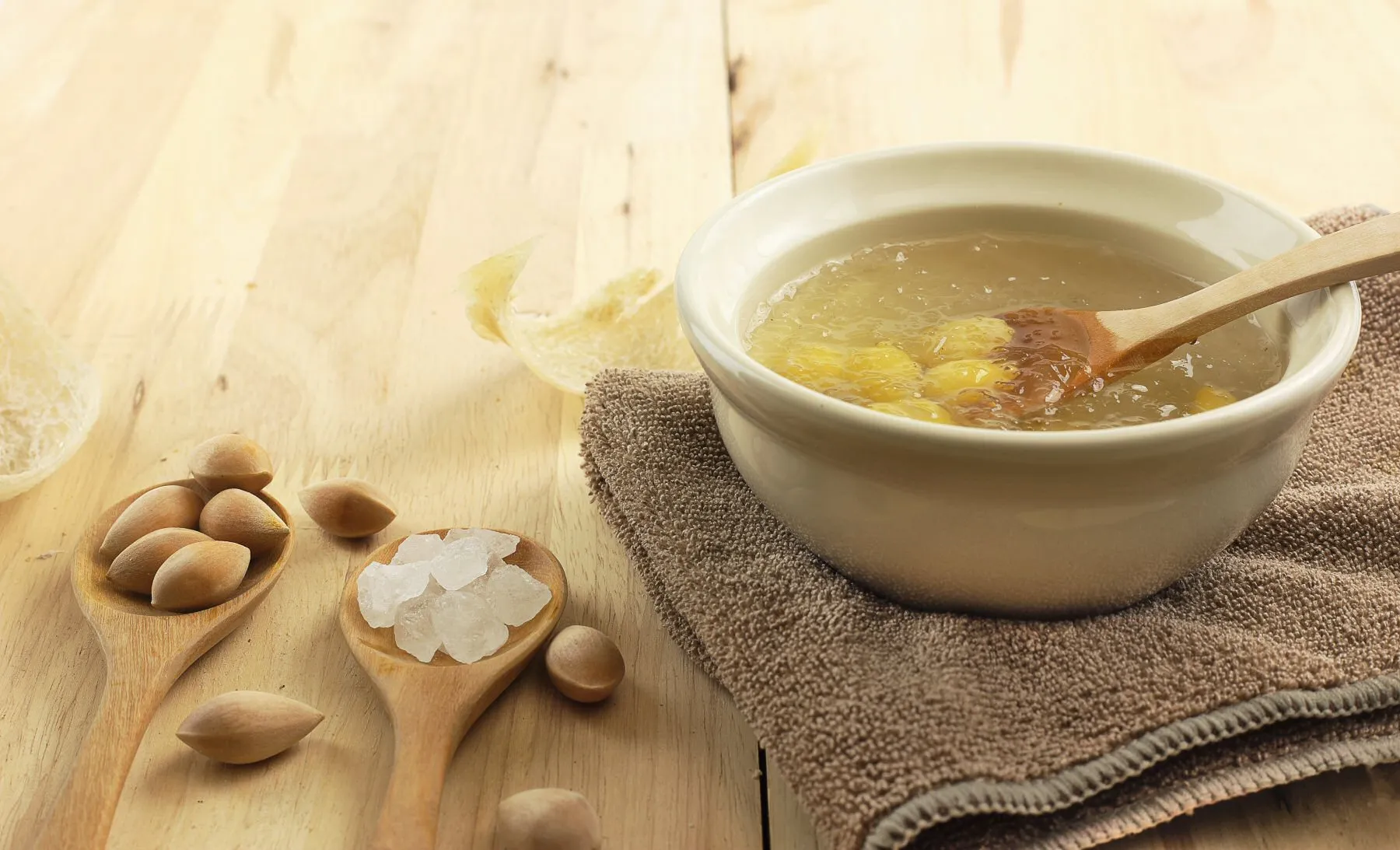
Final Talk,
With this in mind, it’s easy to understand why swiftlet bird nests, which may be eaten, are quickly becoming a staple in diets that prioritize health. The exceptional protein, essential amino acid, and mineral content of these nests makes them a great asset to your health, beauty, and immunity. You can trust that you will get a high-quality product from Kimmy Farm that is ethically sourced since they prioritize sustainable harvesting procedures. Those looking to include nutrient-rich meals into their lifestyle will find our harvest to be a sensible decision due to our commitment to sustainability and high-quality ingredients.
What makes Edible Swiftlet Bird Nests a unique nutritional source?
Edible Swiftlet Bird Nests are rich in a diverse array of nutrients, including proteins, amino acids, sialic acid, and minerals like calcium and iron. Each nest can contain up to 31 different components that support various bodily functions, contributing to immune support, skin health, and overall vitality.
How do the amino acids in bird nests benefit health?
The amino acids found in Edible Swiftlet Bird Nests, all 18 of them, play significant roles in protein synthesis, tissue repair, and muscle growth. Essential amino acids such as threonine and valine assist in important biological processes, including collagen formation and energy metabolism.
What minerals can be found in Edible Swiftlet Bird Nests?
Edible Swiftlet Bird Nests contain vital minerals such as calcium, iron, potassium, magnesium, and zinc. These minerals are crucial for various bodily functions, including bone health, muscle contraction, oxygen transport, and immune system support.
How is collagen present in bird nests beneficial for skin and joints?
Although present in trace amounts, collagen in Edible Swiftlet Bird Nests supports skin elasticity, hydration, and anti-aging effects, along with enhancing joint health. It plays a vital role in maintaining the structural integrity of these tissues.
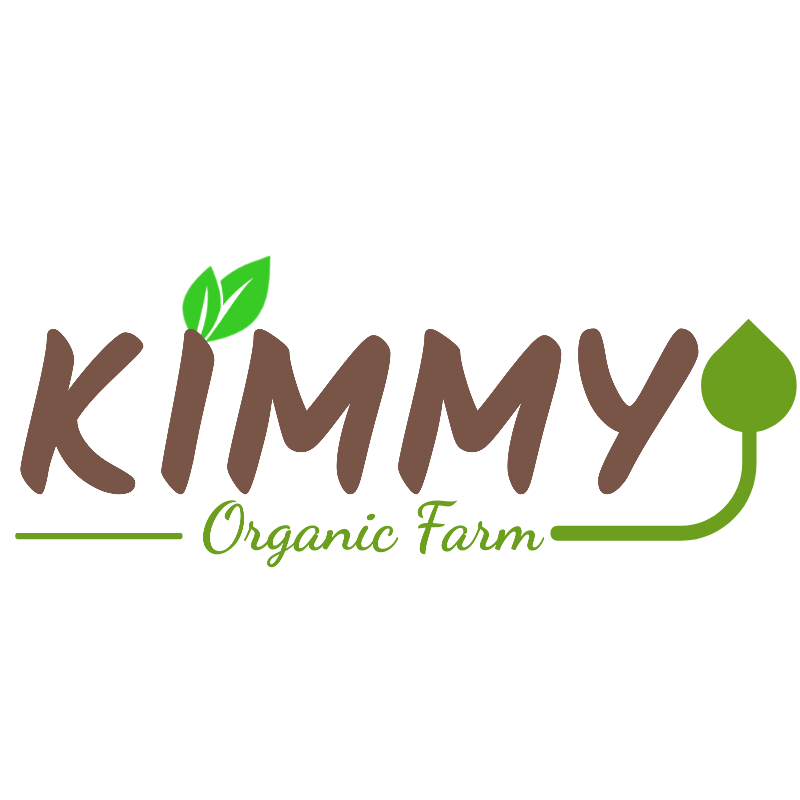
A brand specializing in the production and export of agricultural products in Vietnam. We have a black soldier fly farm in Tay Ninh and a cashew growing area in Binh Phuoc. The main export products of the company are: cashew nuts, cashew nut kernels, black soldier fly, frozen seafood, shrimp, prawns, catfish… from Vietnam.





